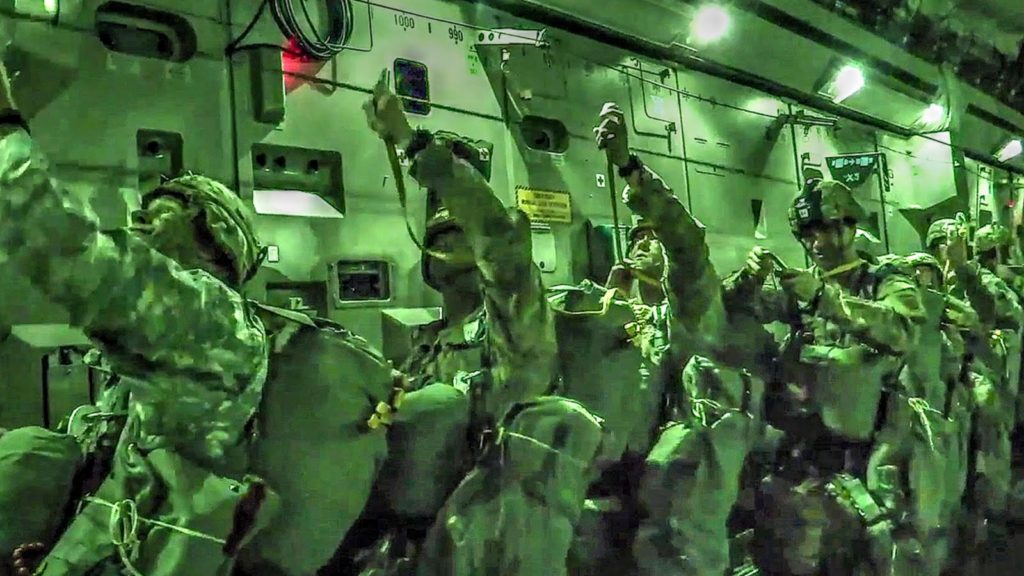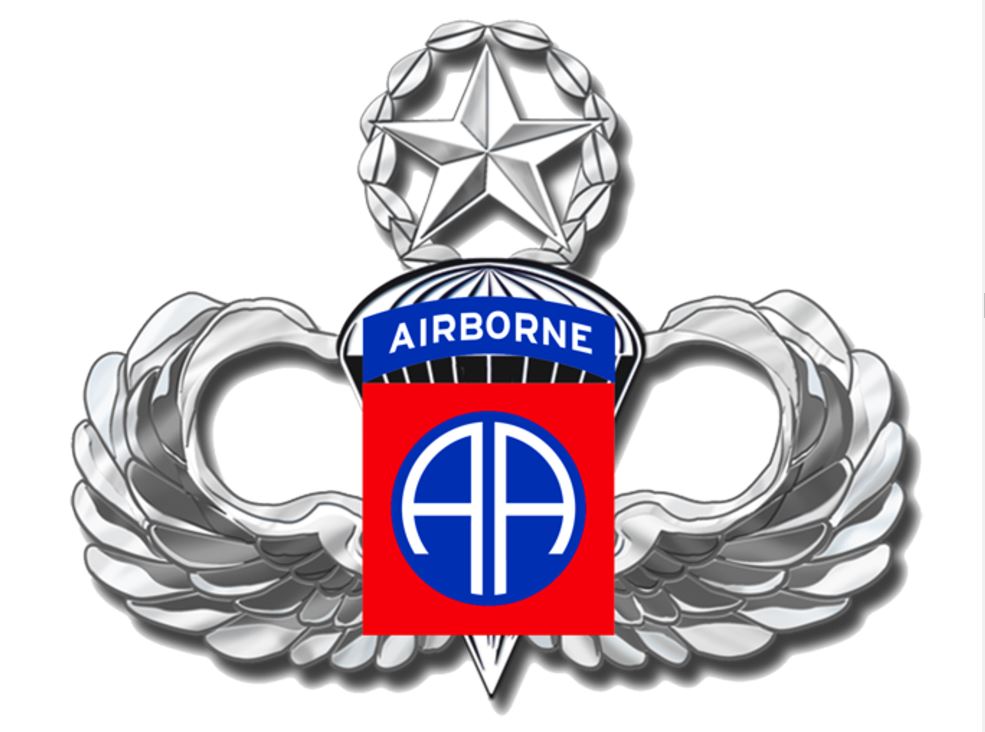A few years ago I was asked at work to share my perspective as an Army veteran. The presentation I gave described the most important lesson I learned serving with paratroopers. It received a lot of positive feedback. Therefore, I thought it would be useful to share the content here.
My family is full of paratroopers
I spent over a decade serving as an Officer in the US Army. I learned a lot in the Army, especially during my first tour with the 82nd Airborne Division. The division was created in World War I. It is a famous unit with a storied history. It also has a special place in my family’s heritage. My father served in the 82nd Airborne after graduating from West Point. It was his first duty assignment as an Infantry Officer. He reported to Fort Bragg in 1956.

I followed in my father’s footsteps
Many years later I followed in my father’s footsteps. I joined the 82nd in 1991 as an Infantry Officer. My first assignment was as a rifle platoon leader in Bravo Company, 1/325 Airborne Infantry Regiment. After that role, I transferred to the Signal Corps and joined the 82nd Signal Battalion. I served as a Signal Node Platoon Leader and Division Assault Command Post Platoon Leader. Yes – I was a platoon leader three different times. I finished my time at Bragg as a Company Executive Officer.

Leaders jump first then other paratroopers follow
Lesson one – leaders go out the door first. The 82nd has a unique culture, full of traditions that have been created over the years. One tradition regarding their leaders is that they jump first during airborne operations. This tradition started back in WWII. What does that mean – leaders jump first. The most senior leader of any airborne operation will go out the door first, before anyone else. For example, if the Commander of the 82d (a two-star general) is part of a jump, he will jump first followed by the rest of the paratroopers.

This tradition dates back to World War II
During WWII legendary commanders like Matthew Ridgway and James Gavin jumped and fought alongside their paratroopers. No cushy office for them. This act is not one of privilege, but rather of leadership in action. This tradition visibly shows all the paratroopers in the plane that you are willing to lead them by going first. The 82nd expects danger when they jump into combat. Its leaders are expected to face this danger first. This tradition demonstrates that the leaders are willing to do what they are asking their followers to do. It is a powerful way to show others that I am with you and fully committed, just like you.

A personal example of this lesson from my time with paratroopers
I learned this lesson firsthand while serving as the Division Assault CP Platoon Leader. My platoon’s mission was to support the Division Command Group with communications capabilities. We jumped in the radio equipment that the Division Commander and other senior leaders used on the drop zone during airborne operations. Many times we jumped from the same plane as the Commander. He would go out the door first, followed by his Aide, and then members of my platoon. For larger airborne operations that involved many planes, my platoon would be split into small groups and jump from several different aircraft. We would be one of the first to leave the plane so that we could land near the command group members.

Jumping into Puerto Rico was an adventure
I remember one mission where jumping first was somewhat troubling to me. For this operation, we were jumping into Puerto Rico. The drop zone was not big so we jumped from C-130s. The Division Commander was on the first airplane. I was on the second plane and would be the first jumper from that aircraft. Everything en route went fine. As we approached Puerto Rico, the Jumpmaster gave me the command to “stand in the door”. That means I am positioned in the door, waiting for the jump light to turn green. When it does, you jump.

Waiting can feel like an eternity
Usually, you stand in the door for less than 30 seconds. As you stand in the door of a C-130 you can see out of the aircraft. When I looked out I noticed a potential problem – all water, no land. I am a good swimmer, but I certainly did not want to experience a water landing. I peered at the jump light – it was still red. Thank God. I watched and waited, hoping that the light would not turn green until we were over land. I kept waiting for what seemed like an eternity.

Paratroopers jump when the light finally turns green
Eventually, I saw the land, then the drop zone. Next came the green light, and I jumped, followed by my fellow paratroopers. What I learned later was that the jumpmasters decided to put the first jumpers in the door earlier than normal because there was real concern that all the jumpers would not be able to exit the aircraft in time because the drop zone was so small. They did not want any paratrooper to miss the drop zone and have to ride all the way back to Fort Bragg.

Reflecting on the lesson I learned during this operation
After the operation was complete I thought to myself what would have happened if the light had turned green while we were still over water. I knew the answer – I would have jumped. I would have done what paratroopers have been trained to do for decades. The light turns green, and then you jump. I could not turn to the paratrooper behind me and say why don’t you go first, it looks kind of dangerous with all that water.

Leading from the rear is not an option
No – I had been trained as a leader in the 82d that you jump first, and deal with whatever happens next. You lead from the front, not from the rear. That lesson has served me well in many other situations. Sometimes when I find myself in a somewhat scary situation I think of my days in the 82nd, and what it taught me as a leader. You go out the door first.
The reality is that the only way change comes is when you lead by example.
Anne Wojcicki
Are you ready to go out the door first?
What about you? Are you ready to go out the door first? Are you fully committed to the mission of the team you lead? I hope so. If you are committed and competent others will follow you. If for no other reason than to see what happens. Not that kind of leader? Don’t be surprised if your team members are reluctant to follow you. None of us like working for someone who does not lead by example. Don’t be that guy. Instead, be the kind of leader who goes out the door first.
The place for a general in battle is where he can see the battle and get the odor of it in his nostrils. There is no substitute for the general being seen.
General James Gavin, 82nd Airborne Division Commander during WWII
ATW! is designed to make you a better leader
I hope you join me on this journey to raise the next generation of leaders. The world is in desperate need of more great leaders. Women and men who lead with confidence, clarity, and creativity. It’s time to become the leader that your world needs. Let’s go All The Way!



















